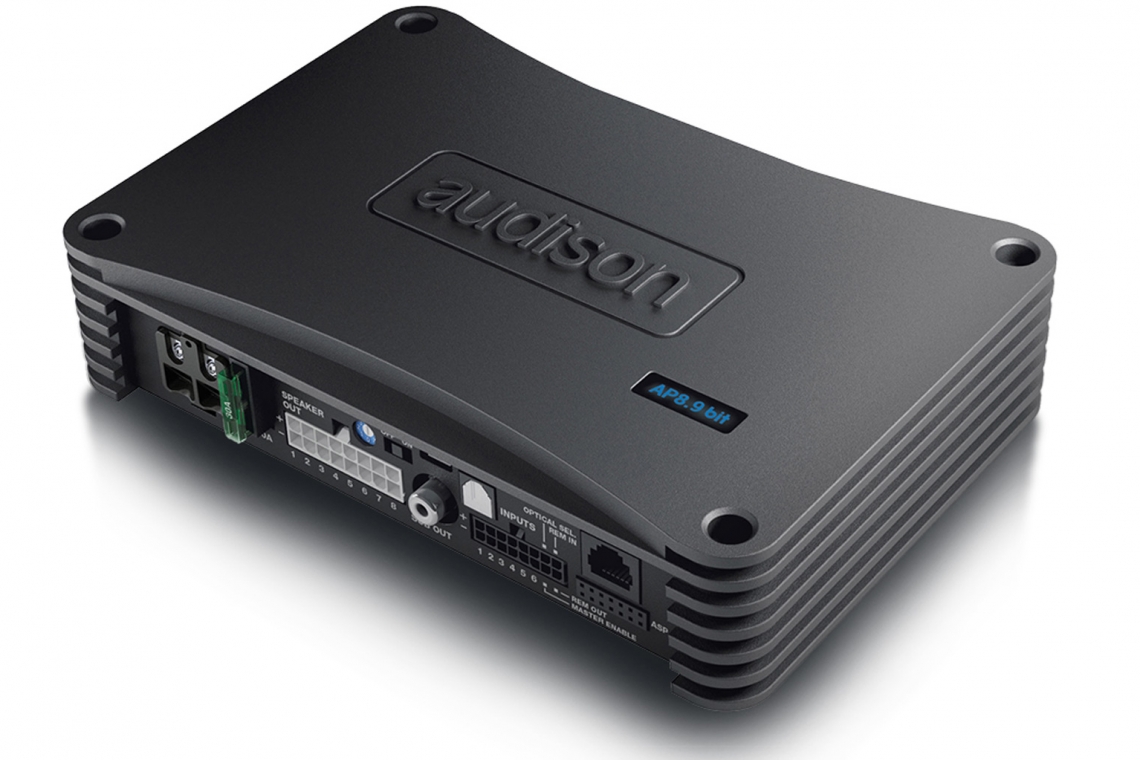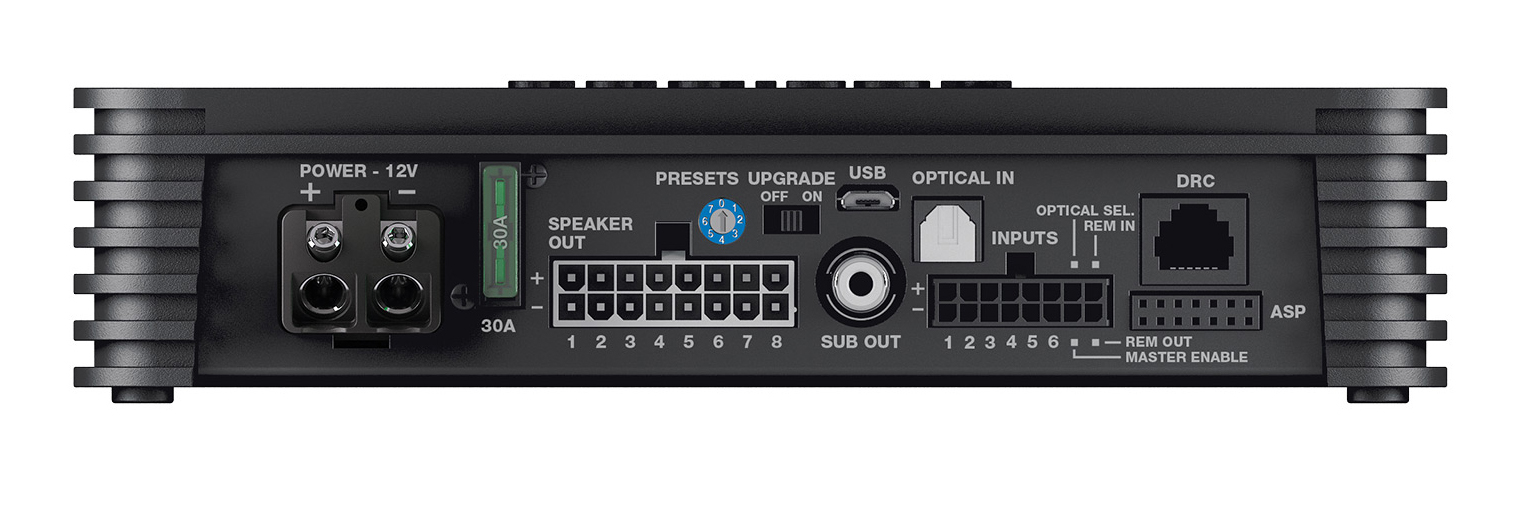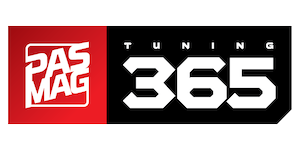As a brand that has earned a reputation for developing trend-setting, category defining products, the team of audio enthusiasts at Audison have done it again.
With the introduction of the all-new Prima “Sound Packs,” Audison has tackled the challenges of OEM integration and come up with one of the most elegant and complete solutions available. What makes Sound Packs systems completely different is the addition of a full DSP suite of controls built into three different models of compact amplifiers.
For this review, Audison sent us the top-of-the-line Prima amplifier, the stunning new AP8.9 bit eight-channel unit. Rated at 35-watts x 8 into 4 Ohms, or 65-watts x 8 into 2 Ohms, and equipped with one of the most impressive DSP suites available, this amp can easily be the heart of an incredible system driven by an OEM or aftermarket source unit.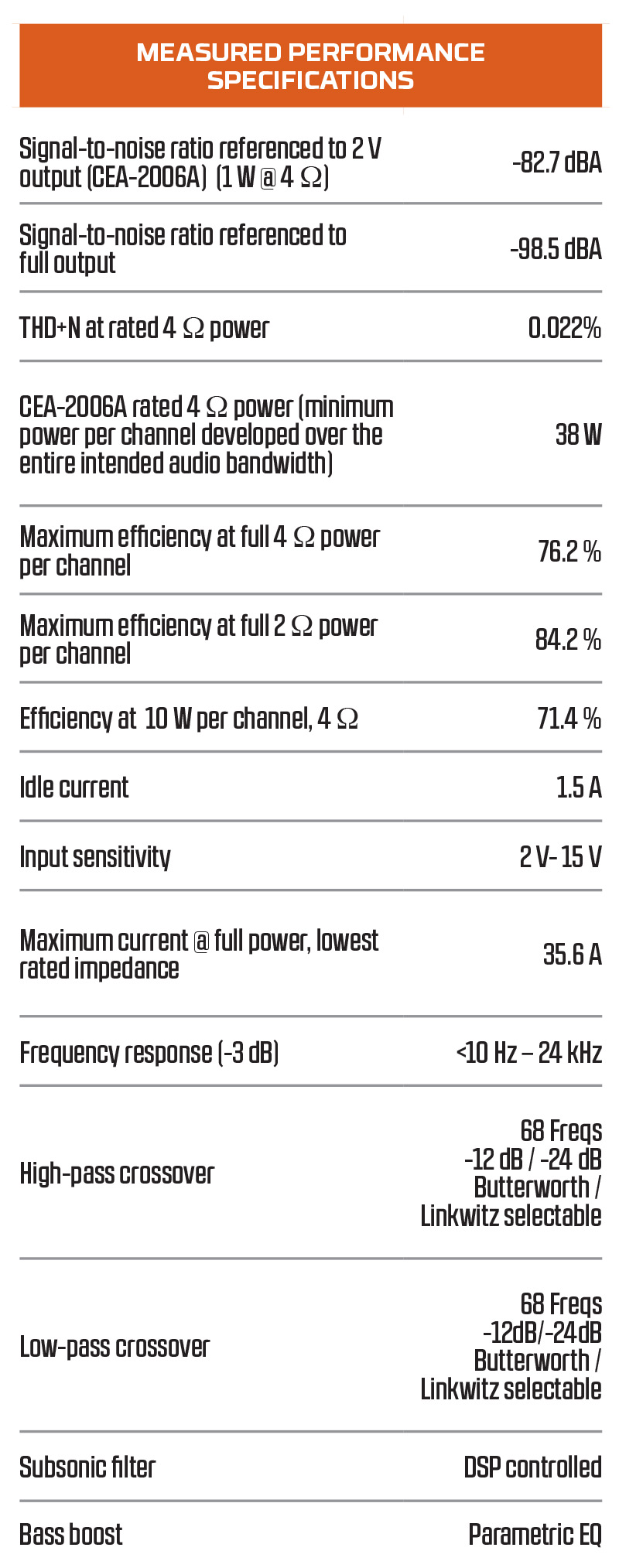 FEATURES
FEATURES
When you think about the AP bit amplifiers, you need to open your mind to new possibilities. For example, the amp has eight amplified and bridgeable channels, plus a dedicated subwoofer output channel that is used to drive a separate sub amplifier (if desired). There are seven signal inputs, including an S/PDIF digital input. It’s also compatible with the Audison DRC (digital remote control), which can put the control of the amp functions right at your fingertips.
Fully equipped with the latest digital technology, it features a 32-bit, 147-MHz processor and a 24-bit AD/DA convertor. The amp is designed to connect to virtually any OEM system - even ones with built-in signal processing - thanks to its de-equalization capability. That’s just the beginning of the digital trickery this amp is capable of. Each channel can be configured individually and comes with parametric style equalization, a 68-frequency crossover with selectable slopes and alignments, and a fully adjustable signal delay function. Yes, I said each channel.
The system is adjusted using a thorough control software that you install on your Windows-based computer. The control panel is logically laid out, but a detailed read of the excellent owner’s manual is strongly suggested. After reading the manual, I found additional controls and adjustments I wouldn’t have even known existed. For instance, not only can you select what type of signal will turn the amp on, but you can even set the amount of turn-on delay for the amp and/or the trigger lead to an external amp. Another setting allows you to adjust how long the amp stays on after the signal has been removed.
Thanks to the control software’s offline mode, you can play around with the tuning tools and get familiar with them before connecting the amp via the supplied USB cable. The software has two basic modes of operation: standard and expert. In standard mode, the most typical channel configurations are available, allowing you to set up a system with passive or active networks, and two- or three-way configurations. In this mode, only two channels have zero configuration restrictions. In expert mode, there are no restrictions on the configuration of any channel - you can do whatever you like.
By using the supplied set-up disc, you can easily optimize the input gain settings and remove the factory EQ curve from the amp output if desired. If you tend to go a little heavy on your own EQ settings, you can engage the dynamic EQ limiter, allowing the amp to soft clip when its power limits are reached.
Once the amp inputs have been dialed in, proceed to setting the outputs. Here, select the type of speaker system you are using (whether it’s fully active or passive, two-way or three-way), and adjust all the crossover points. The software walks you through each of the steps, so there is no chance of forgetting something important. Again, a good read of the manual ahead of time will help first-time set up. Once you’ve done that, the software becomes second nature, thanks to its logical and intuitive design. There are so many features and controls to go over I could never cover it all here. There’s a reason the English manual is 58 pages.
The amp connections are all on one long edge, and the included wiring harnesses are fully labeled with the description printed right onto each wire. Power and ground cables can be up to eight-gauge cable, and the amp is equipped with a 30A ATC style fuse.
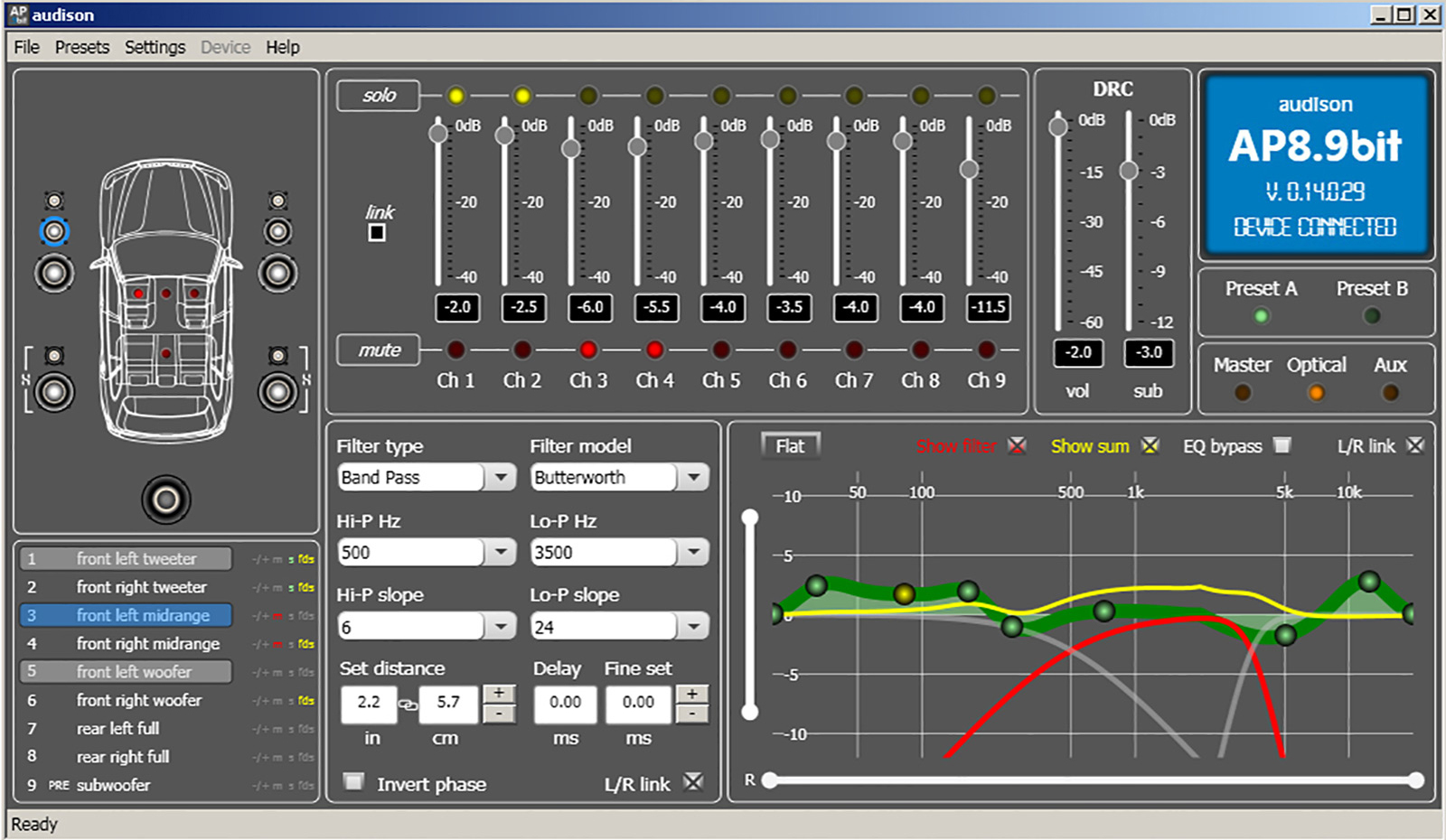 Connecting this amplifier in my listening room is a bit more complicated than usual. For my listening tests, I use two pairs of component speakers: one is a typical two-way system and the other a three-way design. I choose to use the amp’s digitally controlled crossovers for all five channels. Once configured, with this much tuning available, I'll admit I play around with the DSP much more than usual. It’s pretty cool to be able to listen to the differences in crossover alignment or filter Q with a simple click or two. I can make my room sound much bigger, or make it very intimate simply by manipulating the signal delay controls. Properly used, this feature makes a huge difference in the way your car sounds.
Connecting this amplifier in my listening room is a bit more complicated than usual. For my listening tests, I use two pairs of component speakers: one is a typical two-way system and the other a three-way design. I choose to use the amp’s digitally controlled crossovers for all five channels. Once configured, with this much tuning available, I'll admit I play around with the DSP much more than usual. It’s pretty cool to be able to listen to the differences in crossover alignment or filter Q with a simple click or two. I can make my room sound much bigger, or make it very intimate simply by manipulating the signal delay controls. Properly used, this feature makes a huge difference in the way your car sounds.
Eventually, I put the computer away and just listen to the music. The AP8.9 bit amplifier performs brilliantly, with full, rich and realistic sound. The amp sounds more powerful than you would expect from the modest 35-watt rating, and drives the speaker systems to volume levels that are more than adequate. Even though it measures about 7.5 x 4.75 x 1.3 inches (which is downright tiny for an eight-channel amp), it barely gets warm during my listening.
I don’t notice any digital artifacts and frankly, the amp simply seems to disappear, which is precisely what a really good amp should do.
ON THE BENCH
Back on the test bench, I run the AP8.9 bit through the usual tests. The amp performs flawlessly, producing excellent performance and specifications. It exceeds the rated output power and has a ruler-flat response when set to full range with no EQ.
Typically, DSP powered amplifiers struggle to maintain strong signal-to-noise specifications, but the Audison has no problems, managing better than -82 dBA on the difficult CEA-2006B one-watt test. Power efficiency is good thanks to the Class D output topology, and a fully regulated supply ensures maximum power output regardless of fluctuations in battery voltage.
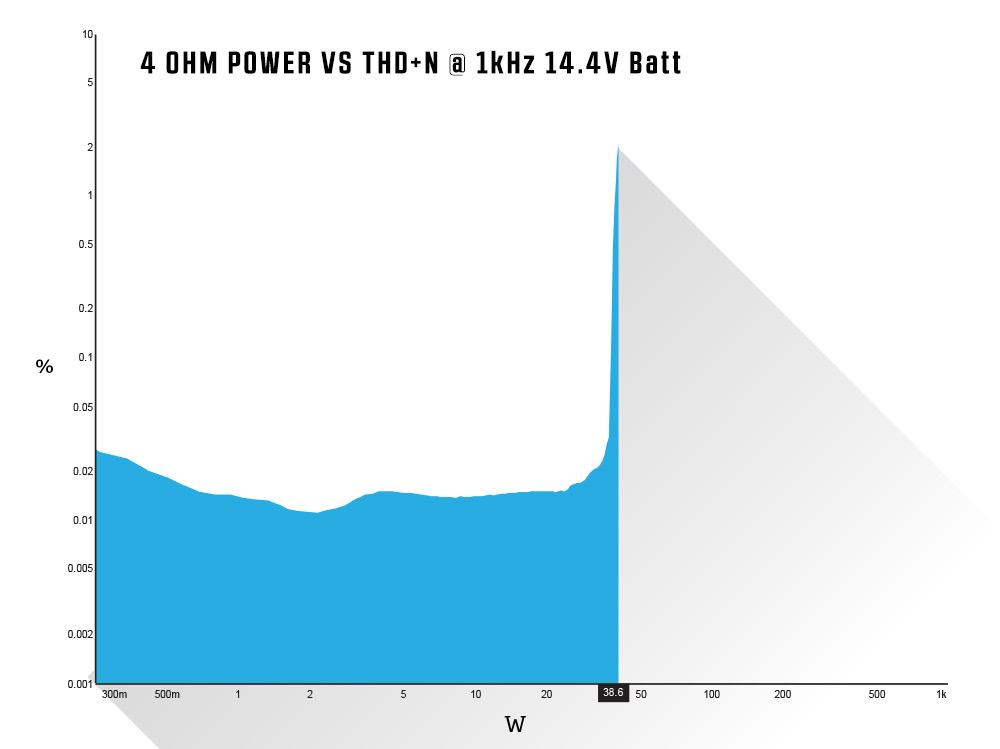 |
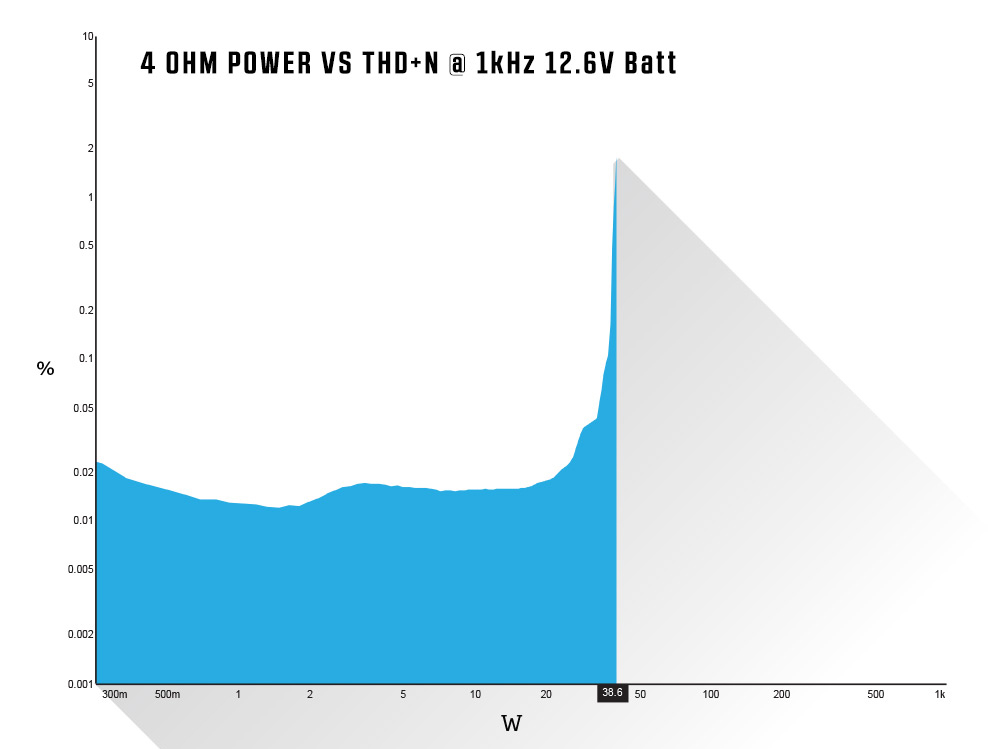 |
 |
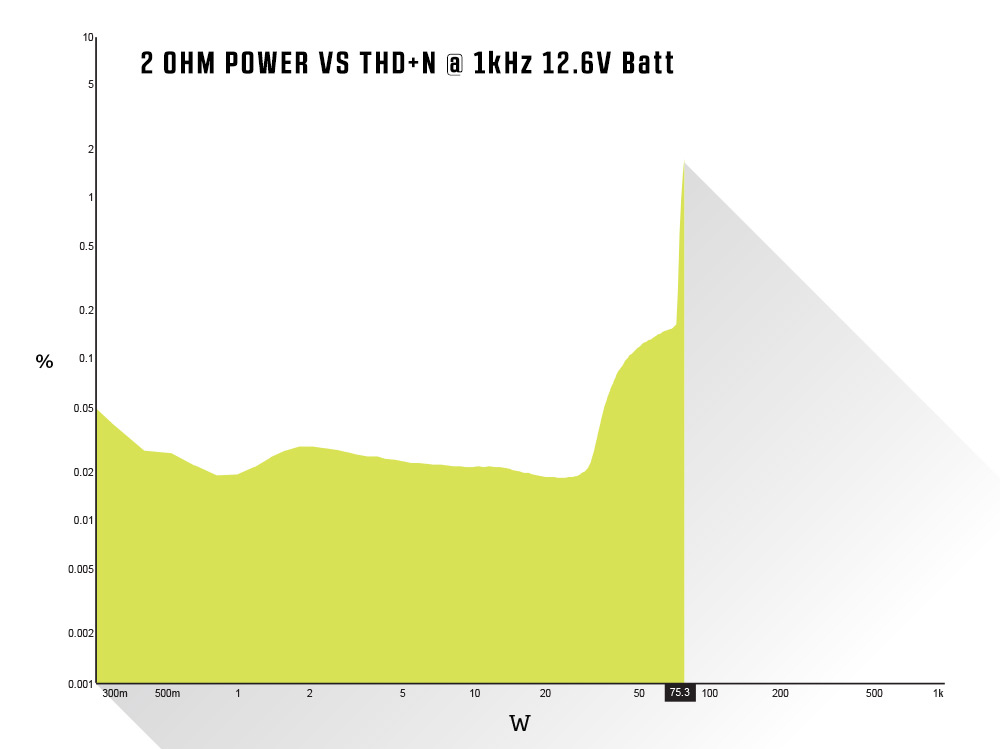 |
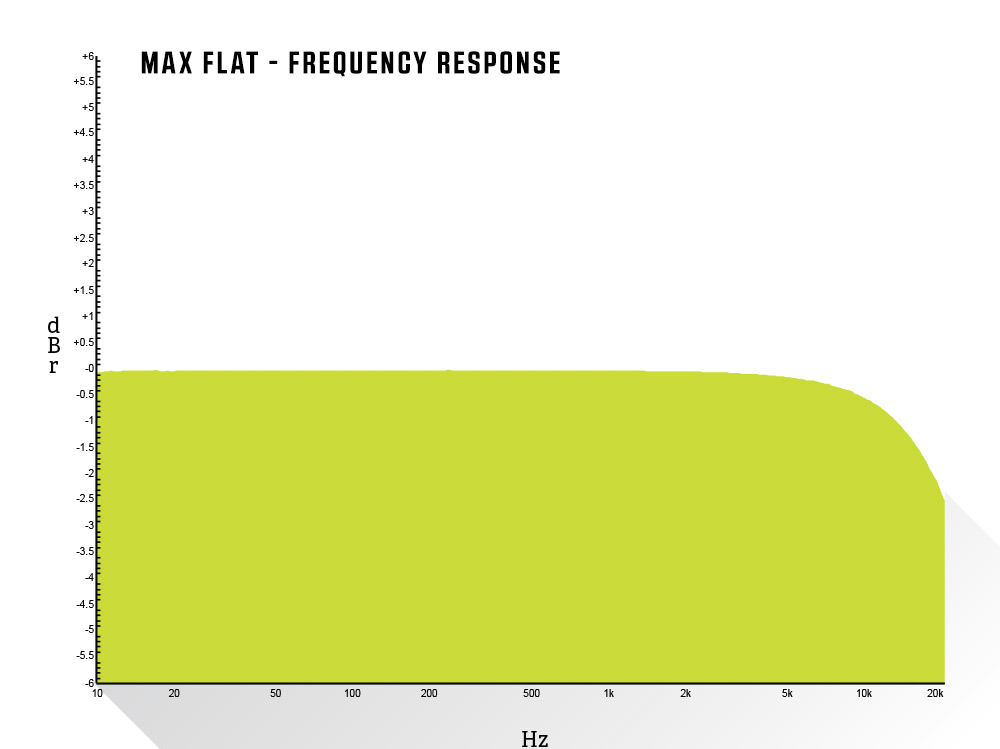 |
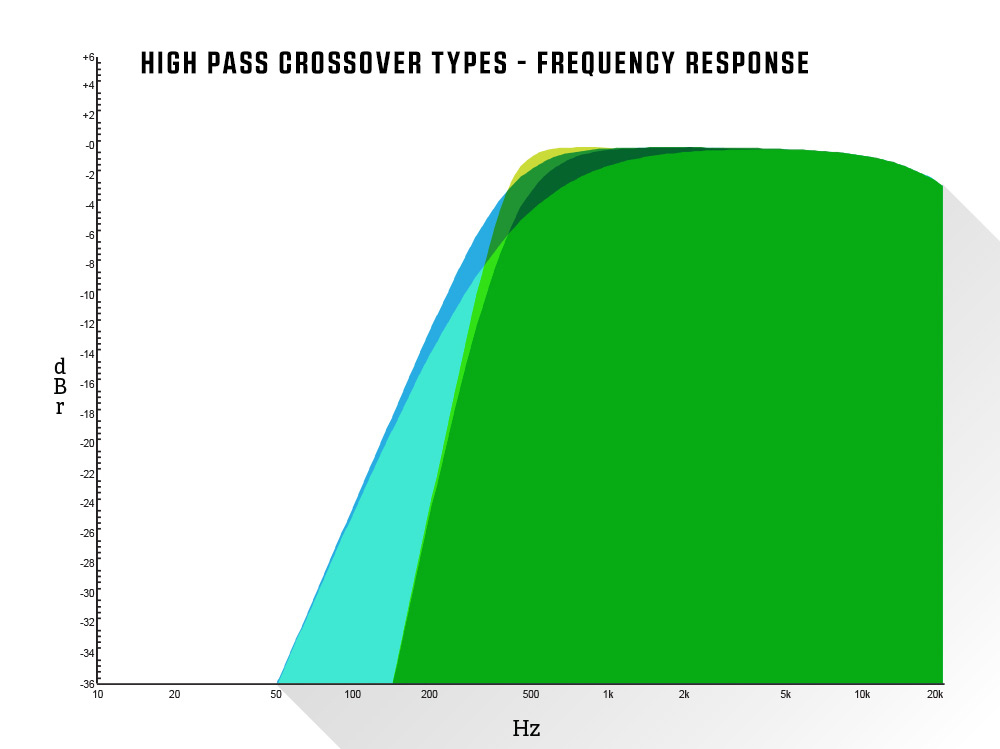 |
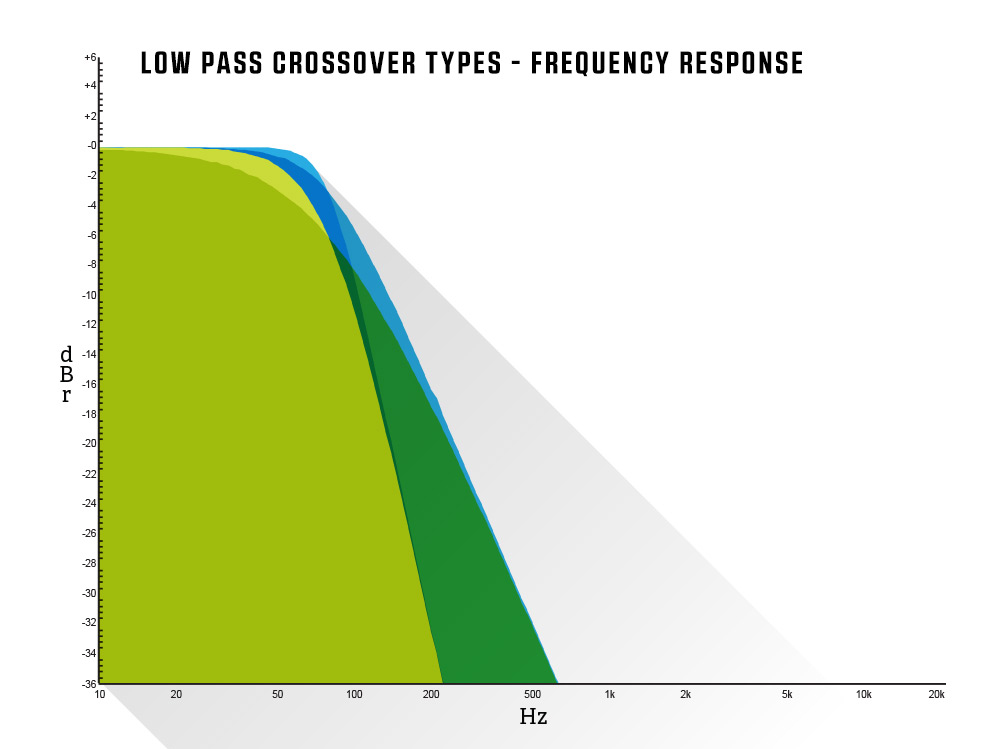 |
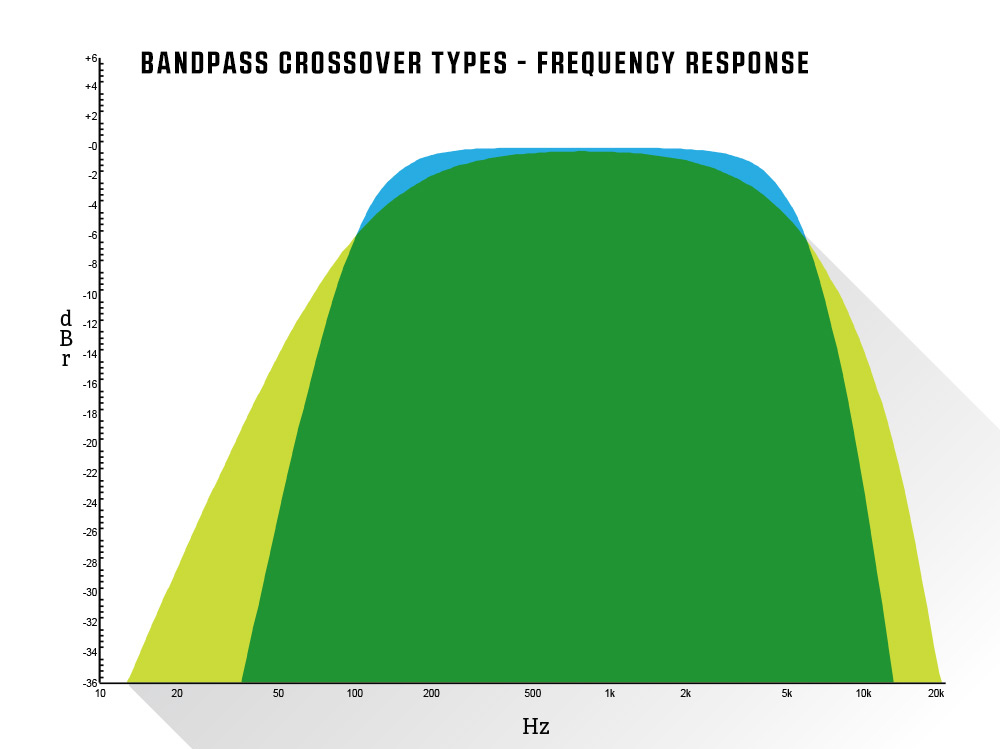 |
CONCLUSION
The Audison Prima 8.9 bit amplifier is one of the most technologically advanced car audio amplifiers available. The DSP power that comes with this amplifier is more than enough to configure and very accurately tune virtually any vehicle. Just as important, it’s a good audio amplifier with low distortion, low noise, and exemplary audio performance.
If you are ready to enter the future of car audio, you should head to your Audison dealer and check out the AP bit amps for yourself. Just be prepared to spend some time with them because you won’t be able to ignore the incredible system design flexibility. You’ll likely get wrapped up in their tuning capabilities, just as I did. For more info visit: www.audison.com.
Related Articles
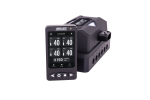 Air Lift Performance ALP4 - Next Level Air Suspension Management
Air Lift Performance ALP4 - Next Level Air Suspension Management
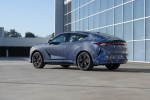 Acura To Bring Back The RSX… Sort Of
Acura To Bring Back The RSX… Sort Of
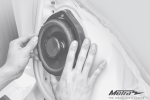 Metra to Show New Speaker Adapter Plates and Harnesses at SEMA 2024
Metra to Show New Speaker Adapter Plates and Harnesses at SEMA 2024
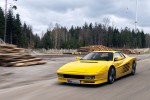 KW Suspensions Coilovers for Ferrari Testarossa
KW Suspensions Coilovers for Ferrari Testarossa
 Morel Sensus Component Systems
Morel Sensus Component Systems
 Stingray Brings Karaoke to Select Ford Vehicles
Stingray Brings Karaoke to Select Ford Vehicles


